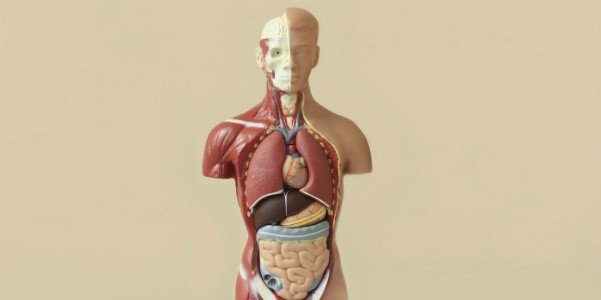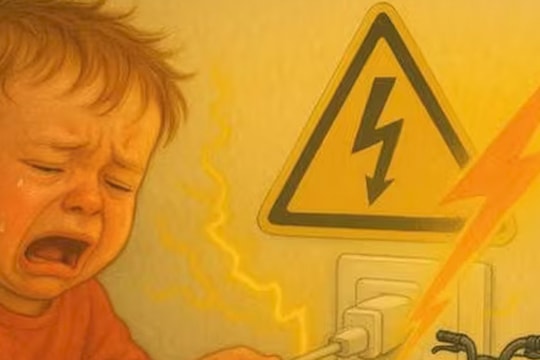What happens to people sitting in a car in an accident?
In a car accident, your neck is most susceptible to concussion injuries, followed by your ribs and internal organs.
Obviously, being in an accident is terrible. Cars are like closed metal boxes, and we are just little flesh and blood people. Have you ever realized the real impact a high speed car accident has on your body?
Dr David Logan, Senior Research Fellow at the Monash University Melbourne Accident Research Centre (MUARC), Australia, has analysed exactly what happens to our bodies in a crash. Understanding these injury processes is how we can keep ourselves safe, even in the most dangerous situations.
“When you're driving, you have kinetic energy, and that's the energy you possess by moving,” Dr. Logan explained toStudentEdgeNormally, when you want to stop your car, you have to get rid of that kinetic energy by pressing the brake pedal. In this case, the kinetic energy is released through friction as heat. However, in an accident, this conversion does not happen in time.
 |
The purpose of a modern car is to absorb as much energy as possible and prevent it from entering your body, Dr. But in high-speed crashes, for some cars and some types of crashes, it is inevitable that the body will absorb a large amount of energy.
"Think of it like a punch to the chest. You might not get hurt because you're absorbing the energy from my fist into your chest. But beyond a certain threshold, your body can't absorb that energy anymore and you'll get hurt," Logan analyzed.
What Really Damages the Body in an Accident
First, depending on the impact of the crash, you could break your neck. If the crash is at a higher speed, you could break more ribs. "The more energy you absorb on your ribs, the more ribs you're going to break," Logan adds.
Once all the ribs are broken, the chest loses its structure and the lungs start to suffer. This is where things get terrible. The victim will develop a pneumothorax. This is one of the first injuries that can occur in a high-speed head-on collision.
But that's just what happens in a frontal collision. So what happens in a side impact?
In a frontal crash, you'll sometimes be protected by the entire front of the car, says Dr. Logan. In a side impact, all that protects you is a 10- or 15-cm thick car door.
“Your body is crushed from the side. You have much more severe trauma to your chest and upper body. You have more broken ribs, severe damage to your lungs and internal organs. You also have a severe pelvic fracture,” Dr. Logan said.
Sometimes using the wrong seat belt can also cause serious injury. If you do not wear the seat belt properly, in an accident the seat belt will put pressure on the abdomen and organs such as the spleen, liver and stomach will be affected, and the seat belt can even cut them. If the intestines rupture, waste products will spill into the body causing infection, blood poisoning, which is really bad.
However, you cannot drive without wearing a seat belt. When the car starts to decelerate, the body moves forward, the seat belt is designed to support you and your chest does not contact or collide with the steering wheel. If you do not wear a seat belt, in the event of a collision, your body, especially your head, can be thrown forward and land on the windshield.
“The head is the only thing we have to protect,” Dr. Logan emphasizes. You can live with injuries to most other parts of the body, but you can’t live with injuries to the head. It’s the one that has the biggest impact on your quality of life over the long term.
How to protect your body safely in a car
Dr. Logan says even a slight increase or decrease in speed can have a serious impact on the severity of your injury.
“The energy in a collision is proportional to the square of the speed. So doubling the speed of a car from 50 km/h to 100 km/h increases the amount of energy that has to be dissipated by a factor of four. Triple the speed means nine times the energy,” he explains.
Dr. explains: If you increase the speed of the car from 70 km to 77 km by just 10%, the absorbed energy increases by 20%. So the injuries are not just 10% worse, but more than 20%. If you reduce the speed by 10%, the injuries are reduced by 20%. "This shows that small changes in speed have a big impact on the consequences, both positive and negative," Dr. says.
“That's why I find myself driving so well, controlling the speed at all times,” Dr. Logan said with a laugh but without any joking.


.jpg)





